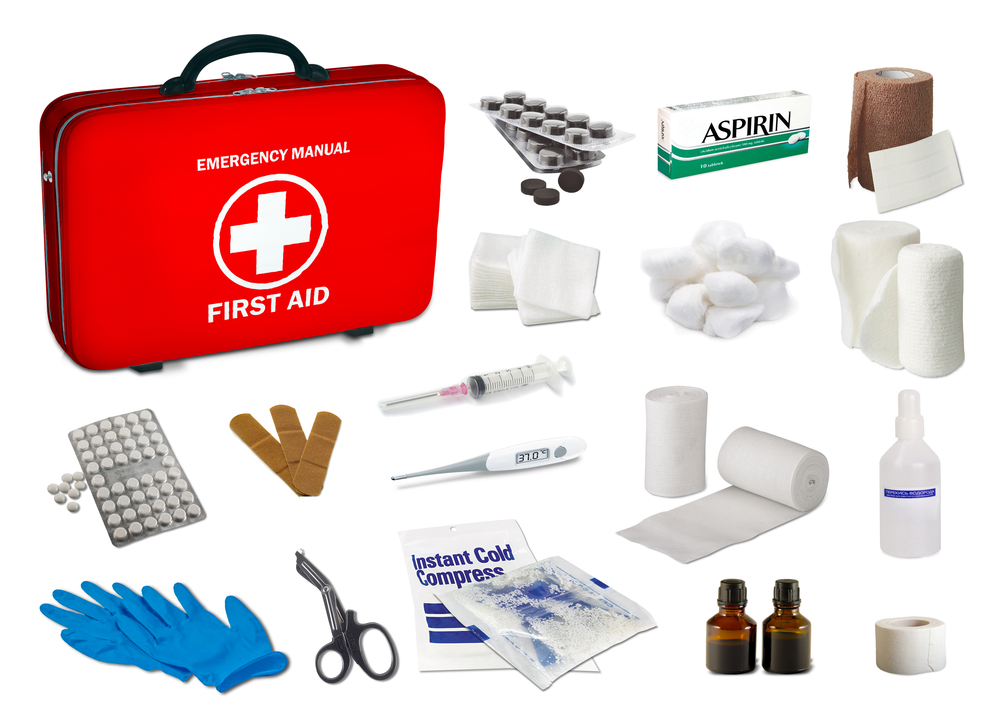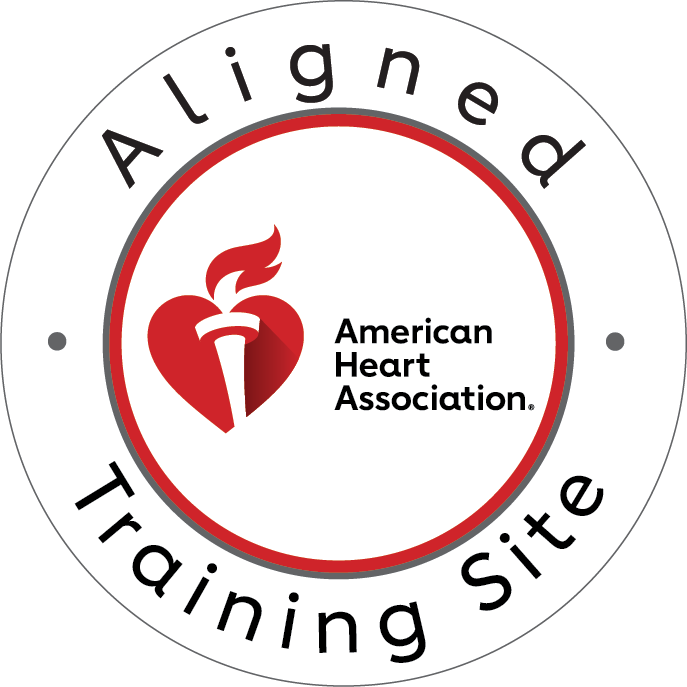Essential First Aid Supplies for Your Emergency Kit
In today’s unpredictable world, being prepared for emergencies is more crucial than ever. Whether at home, work, or in public spaces, accidents and medical emergencies can happen at any time. Having the knowledge and skills to provide immediate assistance can make a significant difference in the outcome of these situations, potentially saving lives and preventing further complications.
First aid is the initial care given to an injured or ill person before professional medical help arrives. It’s a set of simple yet effective techniques that anyone can learn and apply. By mastering these skills, you become an invaluable asset to your family, workplace, and community.
Building Your First Aid Kit
A well-stocked first aid kit is the foundation of emergency preparedness. Having the right supplies on hand can make a significant difference when faced with an injury or medical emergency. Here’s what you need to know about assembling an effective first-aid kit:
Essential items for a basic kit:
- Adhesive bandages in various sizes
- Sterile gauze pads
- Adhesive tape
- Elastic bandage (ACE wrap)
- Triangular bandage
- Scissors
- Tweezers
- Safety pins
- Disposable gloves
- Antiseptic wipes or solution
- Antibiotic ointment
- Hydrocortisone cream (1%)
- Pain relief medication (e.g., ibuprofen, acetaminophen)
- Emergency blanket
- First aid manual or quick reference guide
Additional items for specific needs:
Depending on your personal or family health conditions, you may want to include:
- Epinephrine auto-injector for severe allergies
- Glucose tablets or gel for diabetics
- Personal medications
- Asthma inhaler
- Insect sting relief pads
Importance of regularly checking and restocking supplies:
- Set a reminder to check your kit every six months
- Replace any expired medications or supplies
- Replenish items you’ve used
- Ensure all tools (like scissors) are in good working condition
Remember, a first aid kit is only useful if it’s readily accessible and properly maintained. Keep one in your home, car, and workplace. Consider a portable kit designed for the specific risks you might encounter for outdoor activities.
While having a well-stocked kit is crucial, knowing how to use these supplies effectively is equally important. This is where proper training comes in. Organizations like CPR Tampa offer comprehensive first-aid courses that can teach you how to use your kit effectively in various emergencies.
Basic First Aid Skills
Knowing how to respond quickly and effectively in an emergency can be life-saving. Here are some fundamental first-aid skills everyone should master:
Assessing the scene and victim:
- Ensure the area is safe before approaching
- Check for responsiveness in the victim
- Look for obvious signs of injury or illness
Calling for emergency help:
- Know when to call 911 or your local emergency number
- Provide clear information about the location and situation
- Follow dispatcher instructions
CPR and rescue breathing:
- Importance of proper training:
- CPR techniques can change, so regular training is crucial
- Proper technique is essential for effectiveness
- CPR Tampa as an AHA training site option:
- Offers American Heart Association-certified courses
- Provides hands-on, stress-free training in BLS, ACLS, and CPR
Treating wounds and controlling bleeding:
- Clean the wound with antiseptic
- Apply direct pressure to stop bleeding
- Cover with sterile dressing
- Seek medical attention for severe wounds
Managing burns:
- Cool the burn with cool (not cold) running water
- Cover with a clean, dry dressing
- Don’t apply creams, butter, or other home remedies
- Seek medical help for severe or extensive burns
Handling fractures and sprains:
- Immobilize the injured area
- Apply cold packs to reduce swelling
- Elevate the injury if possible
- Don’t attempt to realign bones or joints
These skills form the core of basic first aid. However, it’s important to note that reading about these techniques is not the same as practicing them under expert guidance. Courses offered by certified instructors, like those at CPR Tampa, provide invaluable hands-on experience and up-to-date information.
Responding to Common Emergencies
While every emergency is unique, some common situations require specific responses. Here’s how to handle some of the most frequent emergencies:
Choking:
- Encourage coughing if the person can breathe
- For severe choking, perform abdominal thrusts (Heimlich maneuver)
- Alternate between back blows and abdominal thrusts for infants
Allergic reactions:
- Recognize signs: swelling, hives, difficulty breathing
- Help the person use their epinephrine auto-injector if available
- Call emergency services immediately for severe reactions
Heat exhaustion and heatstroke:
- Move the person to a cool place
- Loosen tight clothing and apply cool, wet clothes
- Provide water if the person is conscious
- Seek immediate medical help for signs of heatstroke
Hypothermia:
- Move the person to a warm environment
- Remove wet clothing and wrap in warm blankets
- Provide warm beverages if conscious
- Seek medical attention
Poisoning:
- Call poison control immediately
- Do not induce vomiting unless instructed by professionals
- Collect information about the substance and amount ingested
- Follow professional advice for the next steps
Remember, these are general guidelines. Each situation may require a unique approach based on the specific circumstances. This is why ongoing training is crucial. Courses offered by certified providers like CPR Tampa can give you the confidence to adapt your response to various emergency scenarios.
Special Considerations
While the basic principles of first aid apply broadly, some situations require special attention:
First aid for children:
- Adjust techniques for smaller bodies
- Be aware of age-specific risks (e.g., choking hazards)
- Learn pediatric CPR and first aid
- Understand how to communicate with and calm children
Wilderness first aid:
- Prepare for limited resources and delayed medical help
- Learn to improvise with available materials
- Understand environmental hazards (wildlife, plants, weather)
- Know how to signal for help and navigate
Disaster preparedness:
- Create a family emergency plan
- Assemble a disaster supply kit
- Learn about potential disasters in your area
- Know community evacuation routes and shelter locations
These special considerations highlight the importance of tailored training. For instance, parents and caregivers should consider taking pediatric first-aid courses. Those who enjoy outdoor activities might benefit from wilderness first aid training. CPR Tampa offers a range of specialized courses that can help you prepare for various scenarios.
Ongoing Education and Training
First aid knowledge and skills are perishable. Regular refresher courses and ongoing education are crucial to maintain your ability to respond effectively in emergencies.
Importance of regular refresher courses:
- Keep skills sharp and up-to-date
- Learn about new techniques and guidelines
- Build confidence in your abilities
- Maintain certifications required for work or volunteer positions
Available training options:
- CPR Tampa’s offerings:
- BLS (Basic Life Support) for Healthcare Providers
- ACLS (Advanced Cardiovascular Life Support)
- PALS (Pediatric Advanced Life Support)
- CPR and First Aid courses
- All classes are stress-free and hands-on
- Benefits of professional training:
- Learn from certified instructors
- Practice on specialized mannequins
- Receive immediate feedback on the technique
- Earn recognized certifications
- Online resources and apps:
- Supplement in-person training
- Provide quick reference guides
- Offer interactive learning experiences
Remember, while online resources can be valuable supplements, they should not replace hands-on training. The practical experience gained from in-person courses is invaluable in preparing you for real-life emergencies.
CPR Tampa, as an American Heart Association training site, offers some of the best and most up-to-date training available. Their stress-free, hands-on approach ensures that you not only learn the necessary skills but also gain the confidence to use them when needed.
Consider setting a regular schedule for refresher courses. Many certifications require renewal every two years, which provides a good benchmark for ongoing training.
Conclusion
Remember, emergencies can happen at any time and in any place. Your ability to respond quickly and effectively could mean the difference between life and death. By taking the time to learn and regularly refresh your first aid skills, you’re not just preparing yourself – you’re becoming a valuable asset to your family, workplace, and community.
We strongly encourage you to take the next step in your first-aid journey. Consider enrolling in a comprehensive course like those offered by CPR Tampa. Their American Heart Association-certified classes in BLS, ACLS, PALS, and CPR are designed to be stress-free and hands-on, providing you with the skills and confidence you need to face any emergency.
Don’t wait for an emergency to wish you were better prepared. Take action now. Build your first aid kit, sign up for a course, and commit to ongoing learning. Remember, in an emergency, you are the first line of defense. Be ready to act, because someday, someone’s life may depend on it.
Stay safe, stay prepared, and keep learning. Your knowledge and skills in first aid could be the greatest gift you ever give to someone in need.





